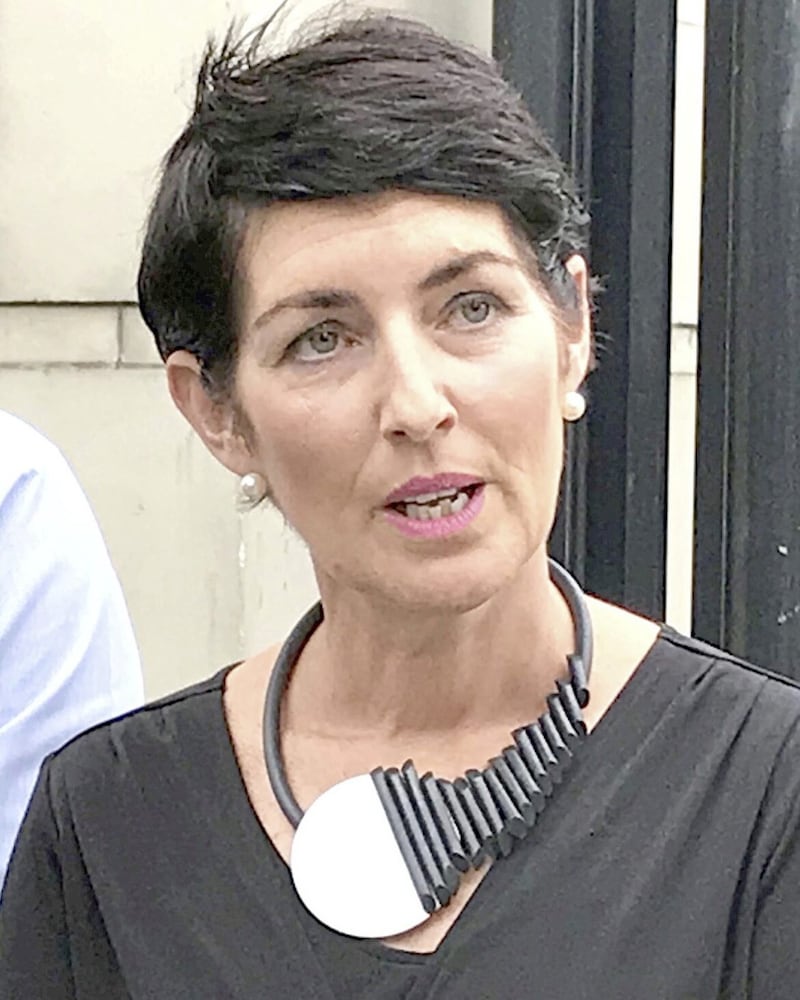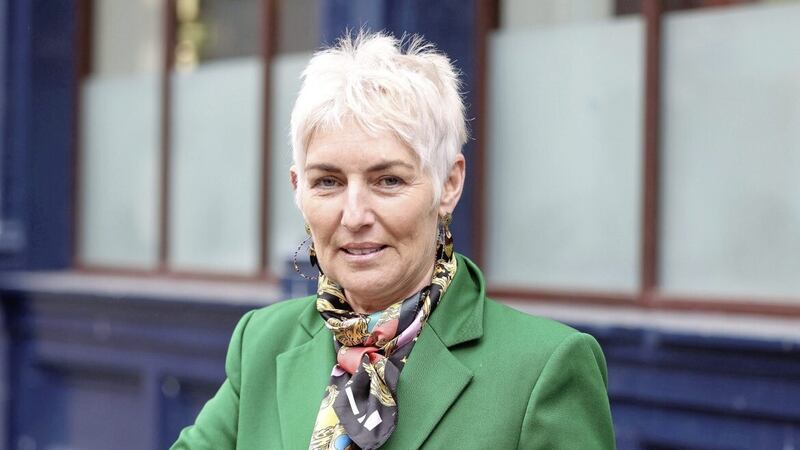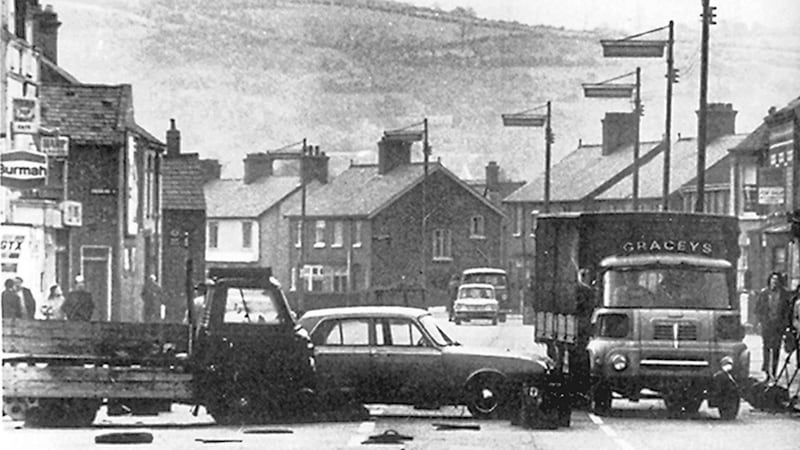Few in Northern Ireland could have more experience at the front line dealing with the difficult and sensitive areas of sexual assault and child abuse than Anne Marks.
The former police officer spent nearly three decades, investigating many harrowing cases as a member of what was known as the care unit but later expanded to became the public protection branch.
But when Ms Marks retired from the force, as a Detective Superintendent, there was little internal discussion over continuing to work with vulnerable persons and victims.
The former officer is one of three chairs, along with Nina Noddings and Jan Melia, of the independent domestic homicide review panels which started work in late 2020.
While she led teams dealing with rape and child abuse cases during her days on the force, there was much overlap with others, including those investigating domestic abuse.

Marks headed a panel investigating and reviewing two recent homicides, leading to the publication of the first two reports under the new system.
“I have a real interest in safe guarding and a real interest in protecting those more vulnerable than myself,” says Marks, adding that the reason for reviewing the homicides is all about learning, including how different agencies can better communicate and to clearly map the danger signs that can lead to a violent domestic death.
Along with the two first reports, the Department of Justice has identified 11 other cases for the panels to review, including involving intimate partners but also family members.
In her first report, Marks, whose panel includes representatives from various government agencies and outside groups, forensically detailed the lead up to the death of a mother at the hands of her son, who then killed himself.
She detailed in the report one scene where the killer had his mother in a stranglehold as she was on the phone to police to report he was in her home. It was part of a pattern of abuse stretching back years. Police were later told of the non-fatal strangulation.
"Non-fatal strangulation is absolutely a really high marker of risk," says the former PSNI officer. "But it is not just the police that this could be disclosed to, could be others, a family, friend, another professional, a GP. It should be everybody's understanding how dangerous that can be."
Studies report that where there is a history of non-fatal strangulation it is six times more likely a homicide will later happen.
For years this offence was regarded as a minor assault, then legislation was enacted in 2022 making it much more serious and with heftier penalties. The DoJ hopes it will be in force by the summer.

Marks identifies another major warning sign, stalking, in all its guises. This includes cases involving those in a relationship, one that is ending or where there is none.
She details the danger signs of stalking as a relationship is coming to an end or just over.
"For example, whenever you go a friend's house, 'I will be ringing you on Facetime because I want to know who you are with and where you are'. Or when somebody rings, the victim has to be put it on loudspeaker so the perpetrator knows who they are talking to."
There is the loitering around addresses, approaching friends, loitering around their addresses, all aimed at pressuring the victim to stay or get back into a relationship, says Marks.
"There are really intense excessive emotions, crying, 'if you leave 'I am going to kill myself', numerous phone calls, numerous messages.
"If that does not succeed then we quite often see them moving into threats against the person, physical violence, sexual violence.
"For some in the kind of world I work in if they can see no other way out and do not want to relinquish that control, they will take that person's life."
Victims do not leave, or take a long time to do so, because those in abusive relationships know what the consequences could be.
"One of the most dangerous times for a victim of homicide, that progresses to homicide, is that point of break up…because of the offenders once they start to lose control. And one of the ways of losing control is when a partner decides to end the relationship."
These sort of details were not previously or broadly well known, says the former officer, certainly when she began her career in the early 90s. There is a better understanding now.
But she adds: "What you do see where you will have criminal justice agencies focused on offending behavior, will have other agencies, GPs, mental health teams, community addiction looking at the health of a person. Schools looking at the education, elements of social services on children.
"What is missing is everybody talking to each other. They are all working in their own silos and that is the bit that needs to improve.
"There are methods to communicate, processes are there that allows them, the legislation is there to allow people to talk to each others if there is a risk to others...just do not think effectively used."
These were the types of issues identified in her first two reports. The reports, she believes, tells stories people understand and, therefore, become more emotionally attached.
The impact is more powerful and sustaining, including among those working for different agencies.
It is a "helicopter" approach delving into all aspects of the history that led up to tragedy, with information often missing from criminal trials or even inquests.
In four of the 11 domestic homicides currently being reviewed, the victims were men.
"It is important to recognize men are victims. Men and boys suffer violence and abuse and sometimes it is not recognized, sometimes it presents in different ways, men are sometimes reluctant to come forward," says Marks, Those reviews will be important, she adds.




